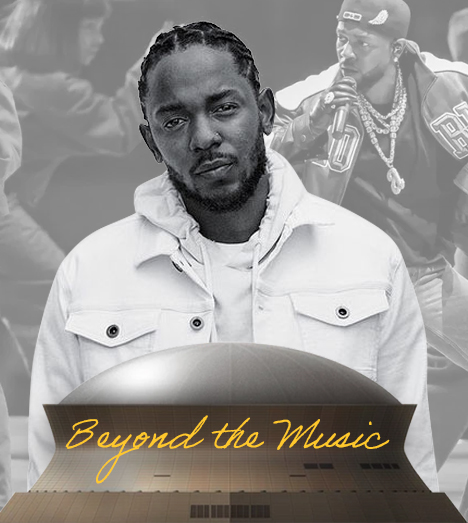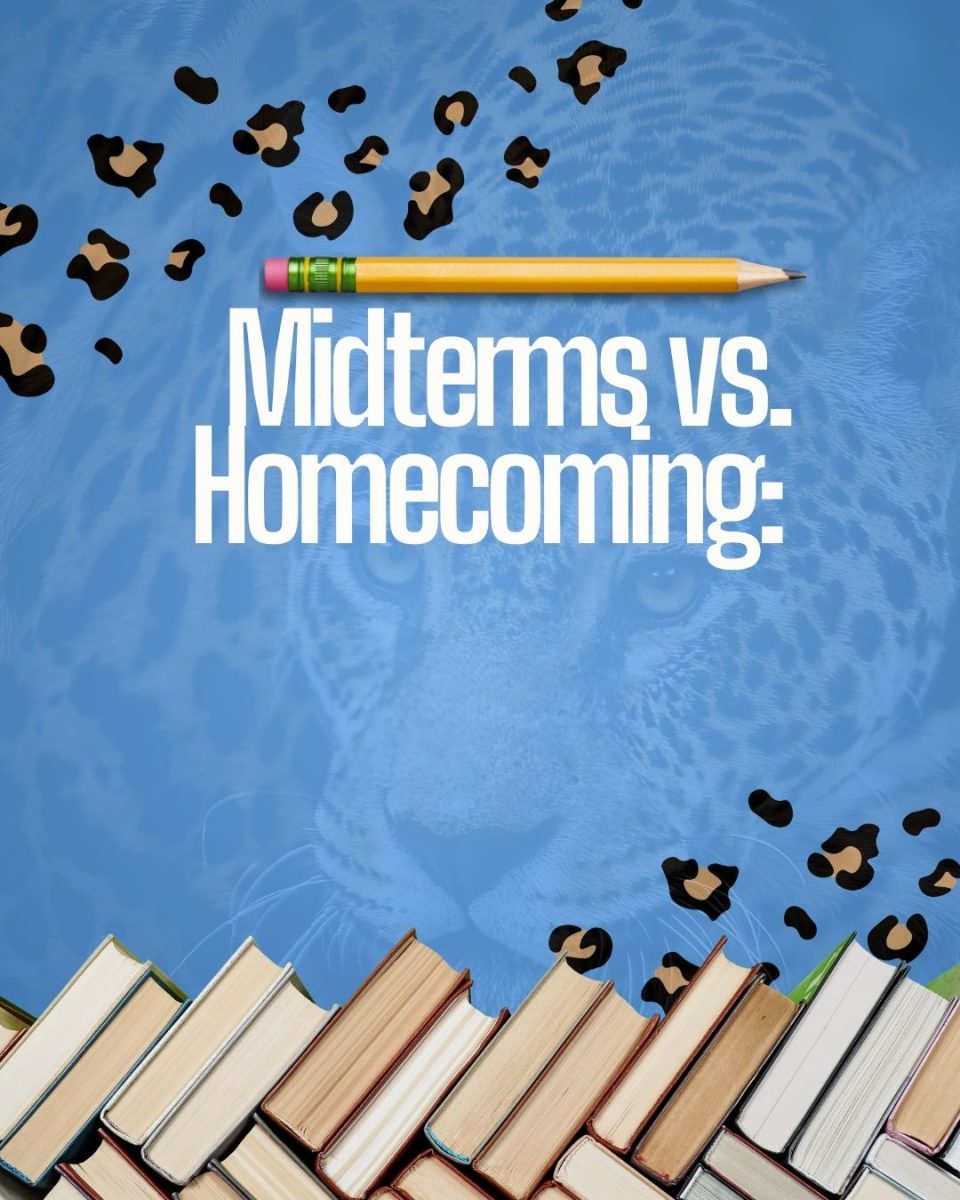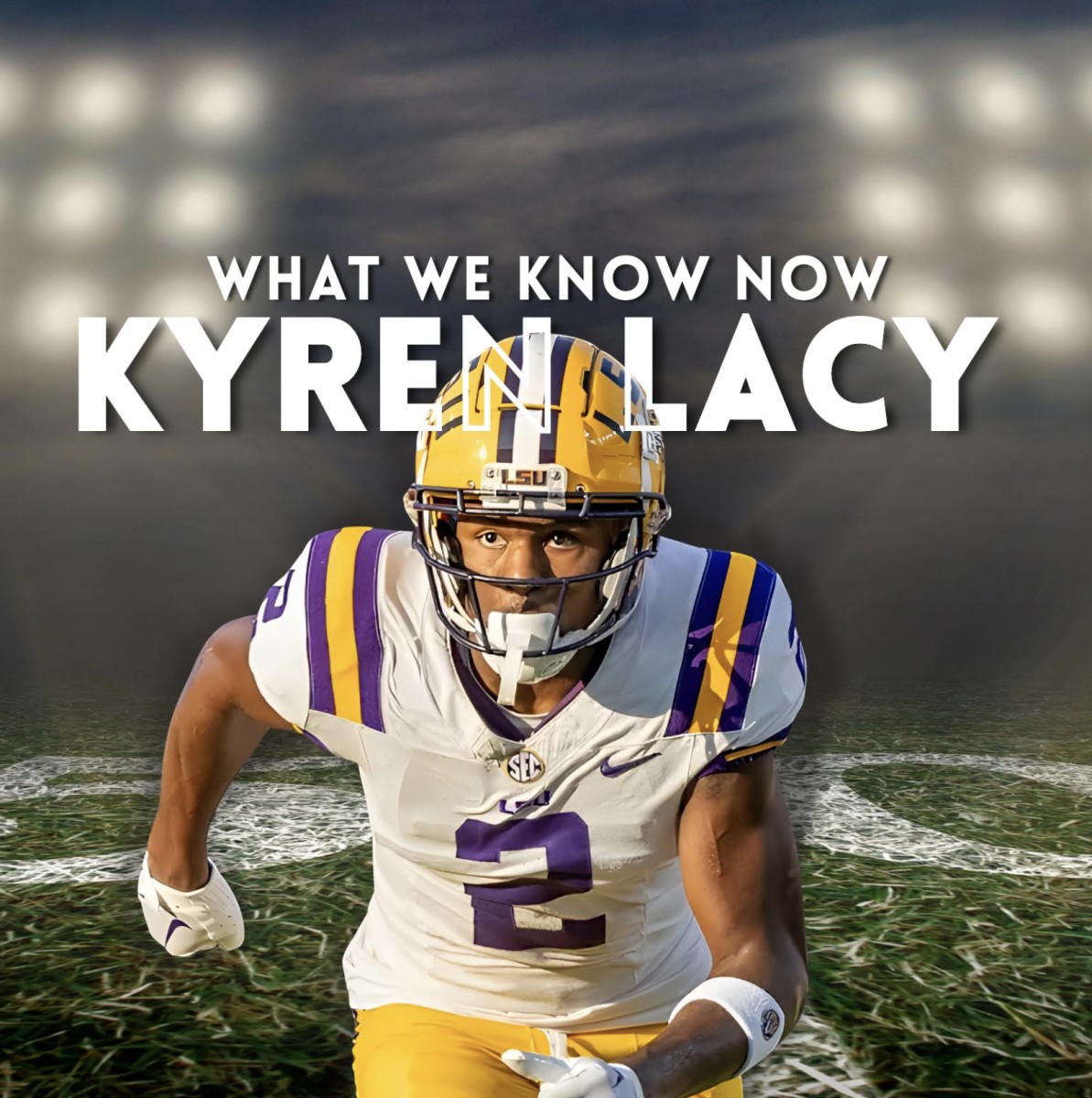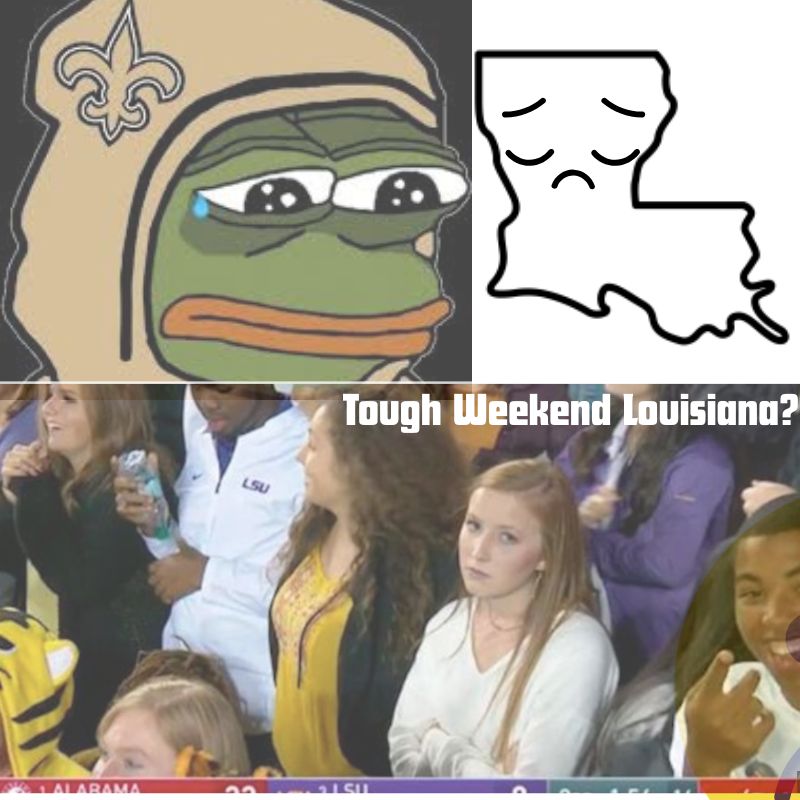The 59th NFL Super Bowl was an event that no one wanted to miss. From the electrifying pregame performance by Southern University’s legendary Human Jukebox to the intense rivalry between the Kansas City Chiefs and the Philadelphia Eagles, the night was packed with excitement. However, the real spectacle—the moment that had everyone buzzing—was the halftime performance by the one and only Kendrick Lamar.
While some fans believed New Orleans native Lil Wayne should have headlined, given the game’s location, the excitement in the Superdome and among millions watching from home was undeniable as Kendrick stepped onto the JEEP stage. His presence alone promised something unforgettable, and he delivered.
The performance opened with a powerful visual statement—legendary actor Samuel L. Jackson embodying Uncle Sam, standing as the embodiment of America’s complicated past. As the beat of “Squabble” from Kendrick’s latest album dropped, the West Coast energy flooded the stadium. Every detail in his set design carried a deeper meaning, from the dancers draped in the colors of the American flag to the haunting harmonization of men perched on a streetlamp, representing both struggle and resilience. This was more than a performance—it was a message, one that some might have missed but was undeniably aimed at the current state of America under President Trump’s administration.
A highlight of the night came when SZA joined Kendrick on stage, setting the crowd ablaze as they performed their latest collaboration, “Luther.” The chemistry between the two artists was electric, leading into a seamless transition into “All the Stars”, their iconic hit from Marvel’s Black Panther. The performance was not just a tribute to their artistic evolution but also a powerful nod to black excellence and representation in entertainment.
Kendrick Lamar did not just perform at the Super Bowl—he made history. He reminded the world that music can be more than entertainment; it can be a movement, a protest, and an undeniable force for change. Whether fans expected it or not, they got more than a halftime show—they got a cultural moment.





